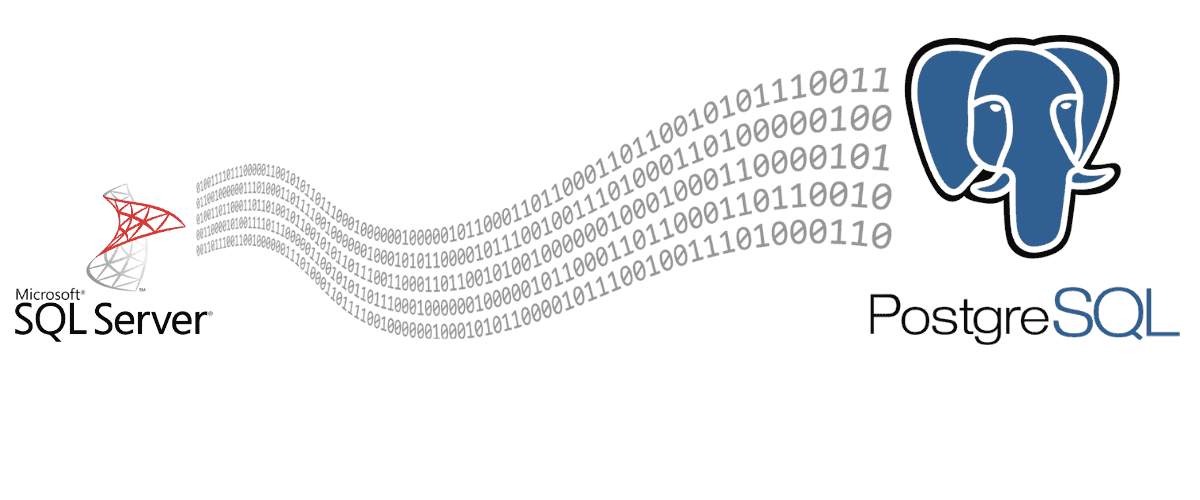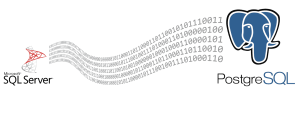Functions in databases allow you to encapsulate reusable logic, perform computations, and return results. This guide covers how to write functions in both SQL Server and PostgreSQL, including examples, advanced use cases, and best practices.
Table of Contents
- Introduction to Functions
- Types of Functions
- Scalar Functions in SQL Server
- Scalar Functions in PostgreSQL
- Table-Valued Functions
- Differences Between SQL Server and PostgreSQL Functions
- Advanced Topics
- Best Practices
- Conclusion
1. Introduction to Functions
In SQL, a function is a reusable routine that takes input, performs an operation, and returns a value. Functions simplify repetitive queries and optimize database logic. SQL Server uses Transact-SQL (T-SQL) for functions, while PostgreSQL uses PL/pgSQL.
2. Types of Functions
Both SQL Server and PostgreSQL support two main types of functions:
- Scalar Functions: Return a single value (number, string, etc.).
- Table-Valued Functions (TVF): Return a result set (a table) instead of a single value.
3. Scalar Functions in SQL Server
Scalar functions in SQL Server accept one or more parameters, perform an operation, and return a single value. Here’s an example:
CREATE FUNCTION dbo.Square(@Number INT)
RETURNS INT
AS
BEGIN
RETURN @Number * @Number;
END;
Use this function in a query:
SELECT dbo.Square(5); -- Output: 25
4. Scalar Functions in PostgreSQL
PostgreSQL functions are written in PL/pgSQL and use a similar structure. Here’s the equivalent function in PostgreSQL:
CREATE OR REPLACE FUNCTION square(number INT)
RETURNS INT AS $$
BEGIN
RETURN number * number;
END;
$$ LANGUAGE plpgsql;
You can use this function like this:
SELECT square(5); -- Output: 25
5. Table-Valued Functions
A table-valued function (TVF) returns a table, useful for queries that need to return sets of data.
SQL Server Example (Inline TVF)
CREATE FUNCTION dbo.GetExpensiveProducts(@MinPrice DECIMAL(10, 2))
RETURNS TABLE
AS
RETURN
(
SELECT ProductID, ProductName, Price
FROM Products
WHERE Price > @MinPrice
);
PostgreSQL Example (Table-Valued Function)
CREATE OR REPLACE FUNCTION get_expensive_products(min_price DECIMAL)
RETURNS TABLE(ProductID INT, ProductName TEXT, Price DECIMAL) AS $$
BEGIN
RETURN QUERY
SELECT ProductID, ProductName, Price
FROM Products
WHERE Price > min_price;
END;
$$ LANGUAGE plpgsql;
6. Differences Between SQL Server and PostgreSQL Functions
| Feature | SQL Server | PostgreSQL |
|---|---|---|
| Function Syntax | T-SQL syntax, uses RETURNS keyword |
PL/pgSQL syntax, uses RETURNS keyword |
| Languages | T-SQL | PL/pgSQL, also supports Python, Perl, etc. |
| Dollar Quoting | Not used | Required for function body ($$) |
| Recursive Functions | Supported | Supported |
7. Advanced Topics
Recursive Functions
Recursive functions call themselves and are useful for working with hierarchical data.
SQL Server Recursive Function Example:
CREATE FUNCTION dbo.Factorial(@n INT)
RETURNS INT
AS
BEGIN
IF @n <= 1
RETURN 1;
ELSE
RETURN @n * dbo.Factorial(@n - 1);
END;
PostgreSQL Recursive Function Example:
CREATE OR REPLACE FUNCTION factorial(n INT)
RETURNS INT AS $$
BEGIN
IF n <= 1 THEN
RETURN 1;
ELSE
RETURN n * factorial(n - 1);
END IF;
END;
$$ LANGUAGE plpgsql;
8. Best Practices
- Keep it simple: Avoid overly complex logic inside functions. Use views or procedures for larger operations.
- Error Handling: Implement proper error handling to manage exceptions.
- Performance: Be aware of performance bottlenecks, especially in recursive or multi-statement functions.
- Null Handling: Account for possible
NULLvalues, especially in PostgreSQL where null handling is stricter. - Inline Functions: In SQL Server, prefer inline table-valued functions for better performance.
9. Conclusion
Functions are a powerful way to encapsulate reusable logic in both SQL Server and PostgreSQL. By mastering both scalar and table-valued functions, you can significantly enhance the efficiency and maintainability of your database applications.



